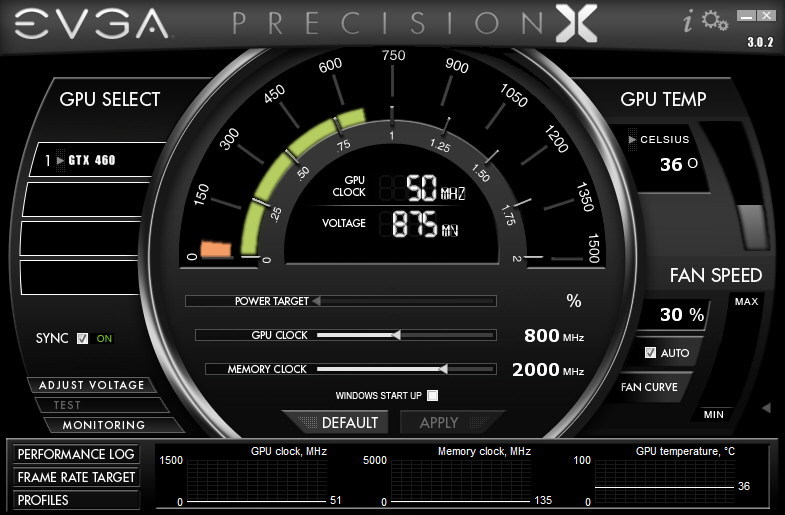

Using Profile 1, I overclocked a little more till it was stable, then I saved it as Profile 2. The way I used it was I overclocked a little, to where it was stable, then I saved it as profile 1. You are also provided 10 different profiles to save your work to. With that, you can set your curves on how you would like the fans to ramp up once the heat rises.Ĭlicking the Fan Curve button actually brings up this menu and the Fan curve menu, but I won’t go into this one right now, I will a little later in the review. To overclock, I used EVGA’s Precision X OC, like GPU-Z I will paste below a before and after screenshot. I overclocked the GPU by 130Mhz and the memory only by 5Mhz, but it does make a nice difference you can see below. I spent a lot of time on the GPU and left the memory behind, but you can of course go higher.

To start off, let me show you GPU-Z’s before and after screenshots and I highlighted the improvements. These overclocks are by far not the farthest I could push it, but I wanted to get this review out in a timely manner so just use these as a reference. I will show you my settings but just remember, not all cards overclock the same, even if you bought the same card. Getting it just right means you have to make sure that there is no tearing or artifacting while the benchmark is running and of course no freezing or bluescreens. Overclocking in general is not easy and is incredibly time consuming taking hours, days maybe even weeks to get it just right. If you do need to squeeze out some more FPS, this page is for you. : EVGA Precision X OC Overclocking and Card Utility.: Overclocking Performance, Benchmarks, Temperatures and Power Consumption.: Benchmarks, Performance, Temperatures and Power Consumption.: Installing the EVGA Geforce GTX1080 Ti Founders Edition.


 0 kommentar(er)
0 kommentar(er)
